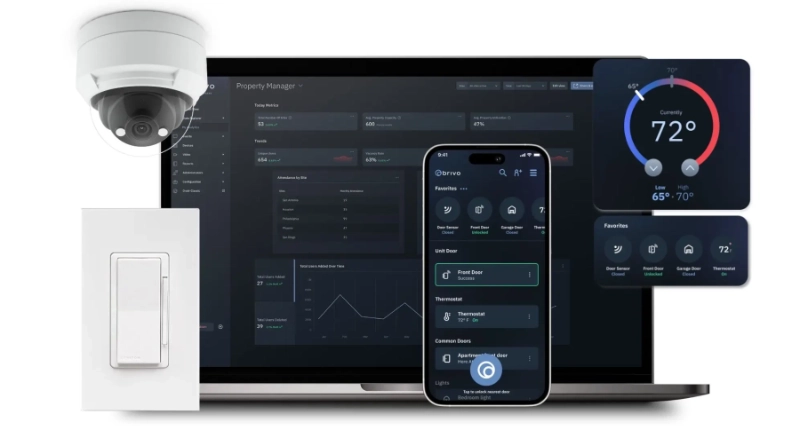Most integrators have gotten the message that product and installation revenues alone are not sufficient to support a healthy organization in the long term. It’s also clear that the value of your business can be exponentially increased if you derive significant revenue from recurring sources. As a result, many integrators are searching for avenues to increase RMR.
Many vendors are lined up to offer you solutions that promise to help build your RMR. The verb “build” is essential here because RMR must be built. However, it’s important to recognize that no technology solution on its own will build much RMR unless your organization has taken some basic steps to ensure success.
Building RMR takes organizational commitment and execution of a long-term plan. There are no “get rich quick” programs in recurring revenue growth. Why? Because a service business requires significant initial investments that gradually show results over a period of years. Organizations that jump on the RMR bandwagon without proper planning and intense commitment will jump off as soon as the investment gets too high or when another transactional opportunity appears.
The really successful companies have figured out that selling services requires a different approach. You can’t just tack an RMR option onto your other offerings. To really drive RMR you must have a paradigm shift and focus your organization on this goal from the executive suite on down.
If you’re trying to determine how to move your business from a transactional model to a recurring model you should consider the following success factors:
1. A realistic self-assessment: Look in the mirror and ask yourself the following questions:
- What are your company’s goals?
- What types of customers do you serve?
- What types of services do your customers want from you?
- What would it take for you to offer those services?
- What investments are required in infrastructure, organization and financial assets?
- Do you have the right people in your organization that can sell services and solutions vs. technology?
- Are you willing to make the initial investments?
- Are you willing to stick with the strategy?
2. A five-year RMR business plan
Once you have evaluated your current situation you are ready to create a business plan. Having a plan will help you to maintain focus on your goal. I suggest looking at this program over a five-year horizon. In the first year you will be making investments and climbing the learning curve for selling and delivering services. In years two and three you will be perfecting your training, market focus, and service levels. In years four and five you are driving real revenue and preparing to evaluate growth strategies to pursue in your next five-year horizon.
3. Strong partners
Once you know what services you want to sell and have a general plan for implementation, it’s time to look for partners. Fortunately, there are plenty of firms with products and services that will help you implement your RMR strategy. Like any vendor evaluation you want to look for those with successful track records. Also look for companies that derive most of their revenue from RMR. You can’t afford to partner with a company that is just experimenting with a new RMR model. Successfully driving RMR means building long-term relationships with your customers. You can’t base long-term customer relationships on short-term supplier relationships. The suppliers for your RMR solution need to be just as invested in your RMR as are you.
4. Discipline of focus
Wanting to be in the RMR business will not lead to overnight success. It will take continuous effort, focus and discipline. There will be times when transactional opportunities distract you and your team. When that happens, be sure to keep your eye on the five-year plan. There is a reason that RMR companies are valued at high multiples. Selling services and gaining the ongoing respect from your customers is hard work.
But it’s definitely worth it.
Read the guide, “How to Increase Your RMR with Cloud Access Control,” to get started.
-John Szczygiel
Brivo Executive Vice President & Chief Operating Officer













